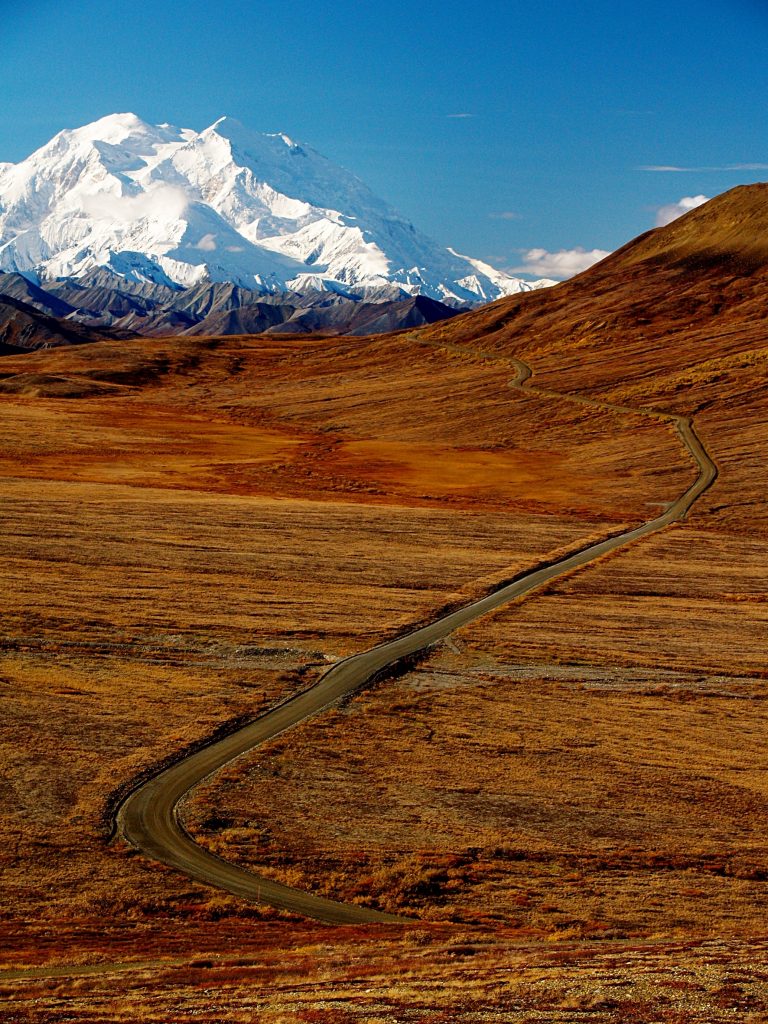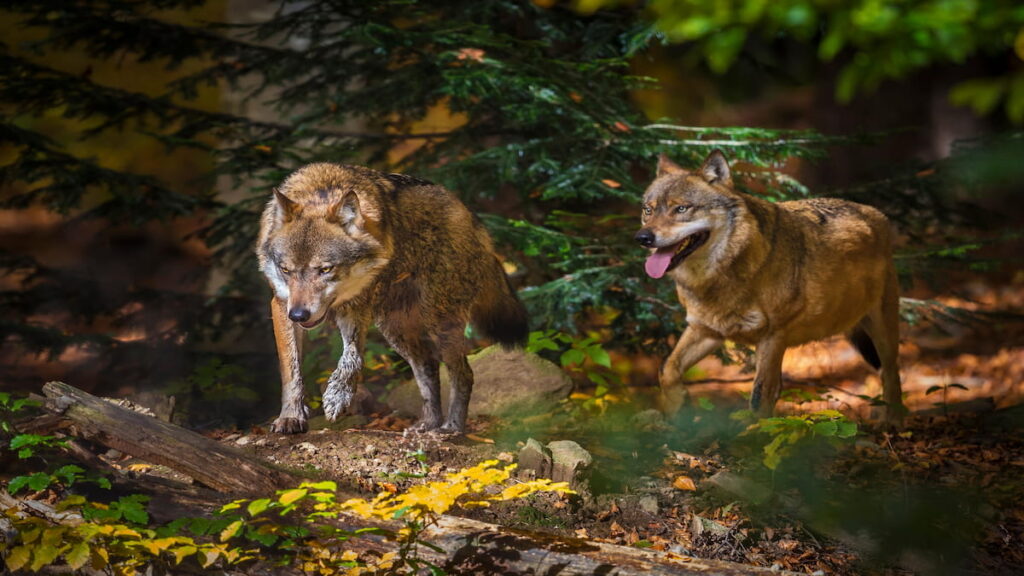Alaska Ecotourism
Experiencing Alaska’s Beauty Through Ecotourism
Alaska’s beautiful nature is home to eight separate national parks and nearly a hundred additional state parks. Renowned throughout the world for towering mountains, frosty plains, and a nearly endless array of flora and fauna, Alaska is one of the most traveled destinations in North America. Thankfully, it’s also home to plenty of programs to help tourists become ecotourists through conservation training and wildlife-respecting expeditions and thoughtful adventure tours. Yet there’s always more that can be done, and with such a deep focus on nature, there are many things for budding ecotourists to consider to ensure that their trek through nature leaves as little of a footprint as possible.
Respect The Land
The first step towards being a responsible tourist is respecting the land you’re visiting. Volunteering and conservation efforts are important for an ecotourist to practice, but all actions are undone if the land isn’t respected. That means no littering, taking as little as possible both into and out of the land, and doing everything in one’s power to avoid tampering with the natural order of things. This doesn’t mean we should keep our hands entirely out of nature, though. Part of respecting the land is helping it to stay clean, and an ecotourist donating their time and labor is one of the most common and helpful ways to help in conservation efforts. There are programs and campaigns in place that allow ecotourists to help in the rehabilitation of animals, aiding in returning injured or threatened animals to nature once again.
Another popular activity is taking environmentally-minded nature walks. Combing the vast systems of plotted nature walks and paths can often lead to discovering errant trash that’s blown into nature, similar to trash ending up in the oceans. Ecotourists can enjoy their time walking through the forest while simultaneously helping it stay clean. It’s important to come fully prepared, however, as some trash can prove to be a biological hazard if handled incorrectly, such as cigarette butts or rotting food refuse. Ecotourists should be sure to bring along anything they may need to safely deal with anything they encounter, such as gloves, antibacterial washes, and safe bags for removing the trash.
Reduce Your Travels
A common critique of ecotourism is that the travel included – whether it be done by plane, car, or ship – puts out enough emissions to undo the conservation work being put in. There are actions that can be done to reduce this, such as driving cars that are more environmentally minded or flying with airlines that exercise greener operating standards.
While these are excellent steps to take, travel is ultimately part of ecotourism, so it’s important to cut down where you can. For example, ecotourists can ensure that their lodging is as close as possible to their destination. This cuts down drastically on the emissions of travel, but the perks of this extend quite a bit past that, meaning that more time can be spent on enjoying the environment taking action instead of traveling.
The best way is certainly to find lodging that’s close to the destination, but more factors go into lowering travel. Ecotourists can do their best to engage in activities that require little in the way of motorized travel, such as mountain climbing, hiking, or canoeing. These activities can also be utilized as travel itself, cutting down on emissions while simultaneously allowing a great experience to take shape – not to mention the amazing exercise that results from such fun.
Understand The Environment
Understanding the environment is just as important as respecting it. This applies not just to the natural environment, but to the surroundings as a whole. Ecotourists should do thorough research to ensure that they’re completely knowledgeable about the areas that they’ll be experiencing.
Animal spotting is one of the most enjoyable and green tasks ecotourists can enjoy in Alaska, so it’s vital to know what sort of wildlife one might be encountering: moose, goats, and many varieties of bear call the heartland of Alaska home. That means ecotourists should ensure they’re traveling safely, and not treading into the territory of the infamously territorial moose. Wildlife varies across the massive state, with multiple types of whales on the coast and seemingly limitless avian species everywhere.
If you’re visiting an area that you know experiences a great number of wildfires, you might find yourself well-placed to help out. While an ecotourist is in no way, shape, or form a replacement for a trained wilderness fire expert, there are still plenty of actions that can be safely taken to help in conservation. Wildfires are often planned, controlled burns, and an ample amount of research can help an ecotourist find ways to volunteer and lend their time, while also providing a fulfilling and exciting experience.
Alaska’s national parks are only one factor of the beautiful nature on display. Locations such as Denali and Sitka offer a great variety of ways for ecotourists to volunteer their time and effort. The rich experiences being offered here are bolstered only by the knowledge gained, and the strong confidence that the world has been bettered as a result of your actions.
Many thanks to Alaskan native, Katlyn Kirk for her guidance, and tips in making this helpful guide come to life.



